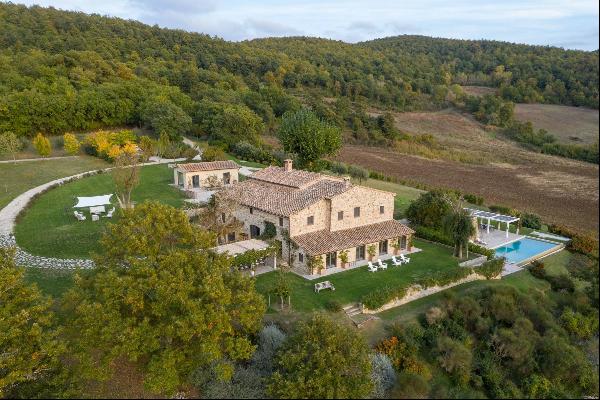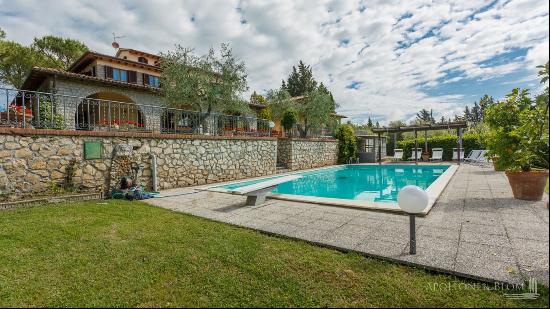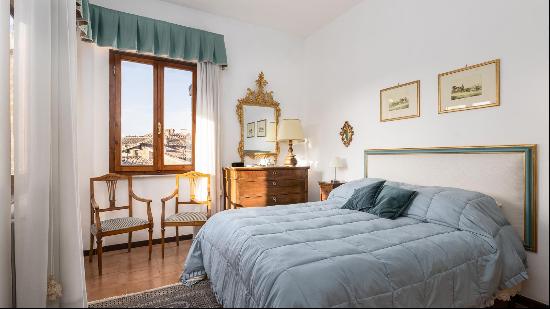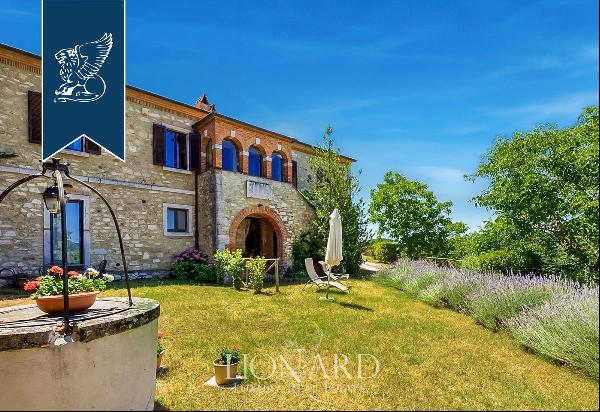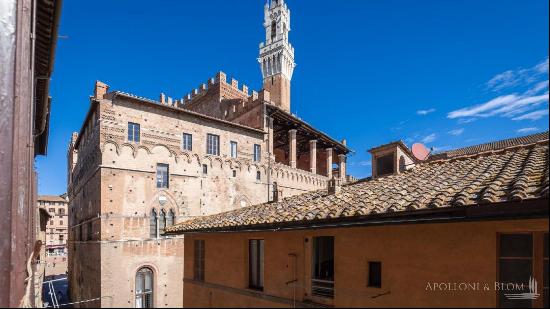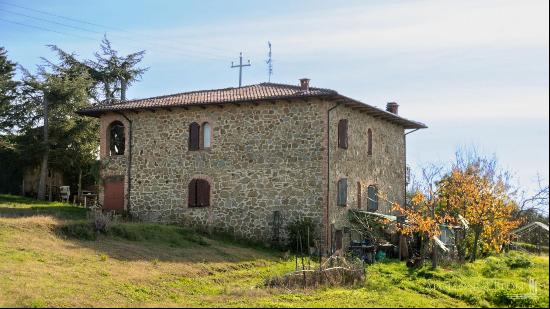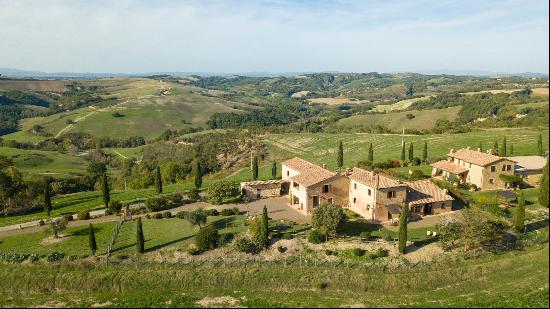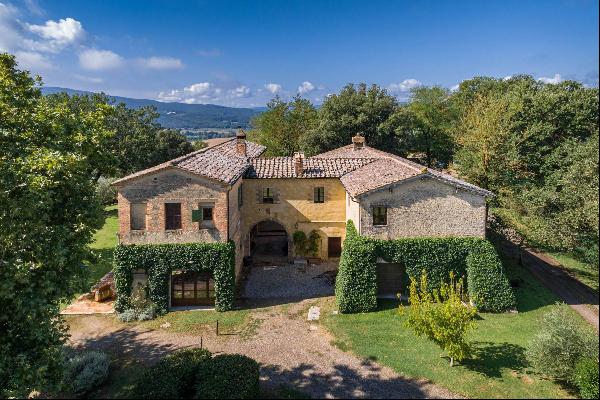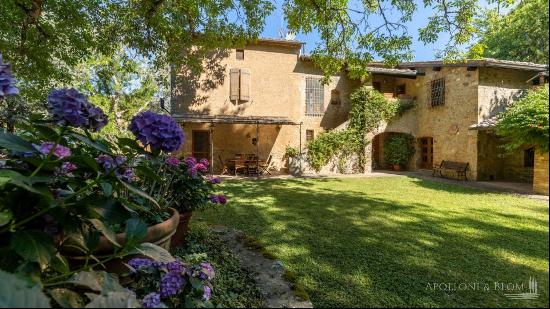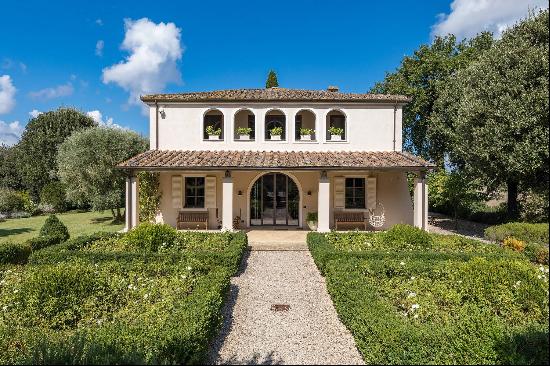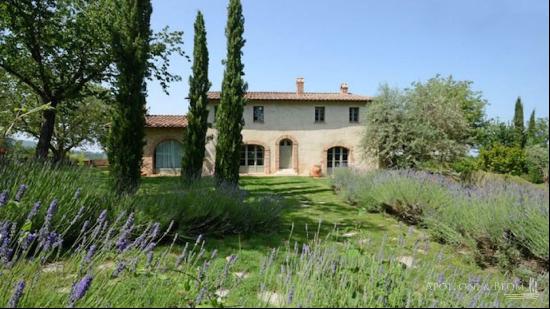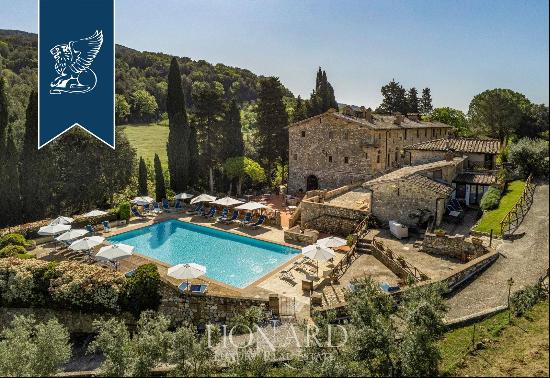
By Carolina Irving
A proper dining room is a great luxury. As much as I like the idea of setting up a table wherever you want, according to your whim, for me there is nothing more joyful than the sight of a surface carefully laid for a grand meal.
I like small, intimate dining rooms, preferably with walls lined with books, ceramics and artisanal objects. But I also find myself drawn to grand vaulted ceilings, plaster walls and huge oak tables, as is the case with this dining room in a charming Tuscan farmhouse, which is on the market for €1.5mn.
Here, I share my tips on how to create the ideal dining space for entertaining, where people can come together and it feels as if time has been suspended.
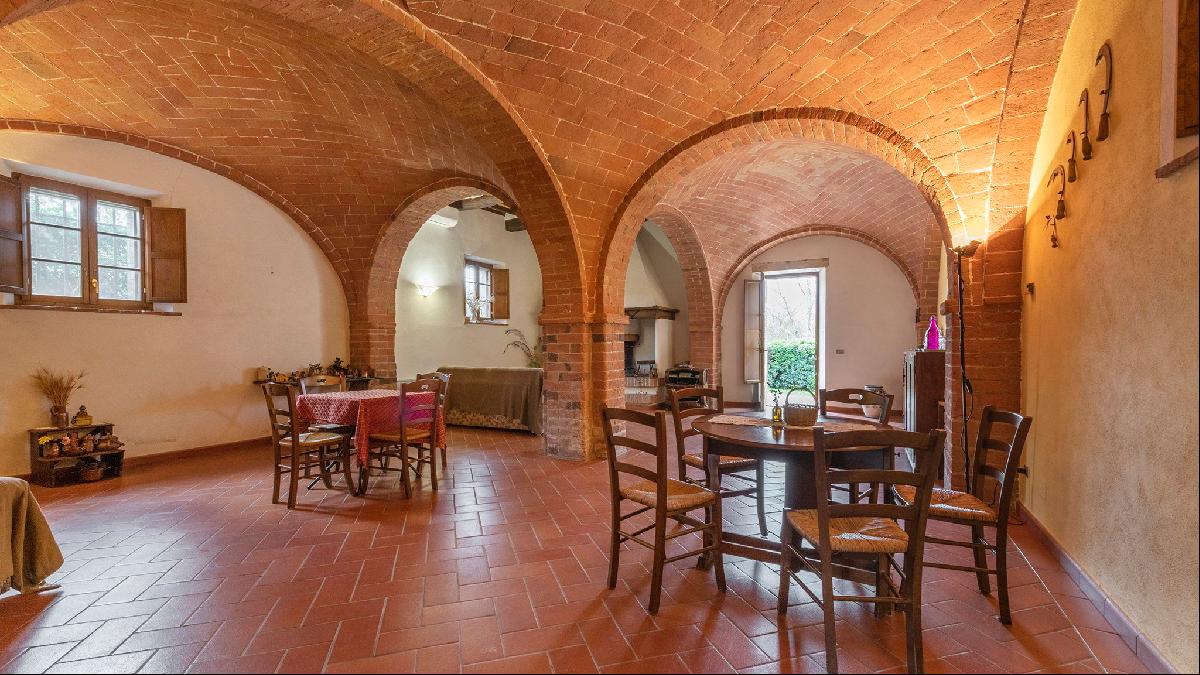
Refine the lighting
Lighting is one of the most important elements in a dining room and is key to creating a welcoming atmosphere. There should be no overhead lighting, unless it’s a candlelit chandelier, and of course, there should be lots of candles on the table.
I love these beautiful brass candlelit shell sconces from Soane. I would hang them at eye level at intervals around the room to introduce a sense of rhythm. They will make people look good and add a wonderful glow to the room.

Introduce character
Flat white walls can make a dining room feel bare and cold. I have always loved Portuguese and Spanish houses that use tiles instead of panelling to add colour and texture to a space. To dress up the walls in this dining room, I would leave the top half in plaster and line the lower half with these wonderful tiles by Patricia Medina. They are a reproduction of the beautiful mottled Jaspeado tiles from the Casa de Pilatos in Seville and the combination of colours is glorious.

Don’t overlook comfort
The comfort of your guests is important. For the chairs in this dining room, I would use my favourite: the Coursi chair from Now on the Ocean. They are made in Tangier and make me think of a Strawberry Hill Gothic chair that has taken root in a forest. They are rustic, unpretentious and yet incredibly sophisticated, and work in any setting — I think they would look marvellous in white against the multicoloured tiles on the walls.

Balance the rustic and refined
A large dining table is a necessity for entertaining and I love those by designer Michael Smith. They make me think of a refectory table in a convent in Spain. (I do have a taste for all things monastic.) I’ve always liked the tension between rustic and refined and one of these would provide a great contrast to the whimsical Coursi chairs, especially if it’s laid with lots of 17th-century brass candlesticks or blue and white Delft ones.

Pick unusual tableware
I am a fan of unorthodox tableware, particularly that which has beautiful glazes and simple, striking motifs. For this table, I would use these beautiful slipware plates by Mike Parry, from my favourite shop, Tinsmiths. They look great on a thick linen tablecloth, next to delicate Venetian glasses.
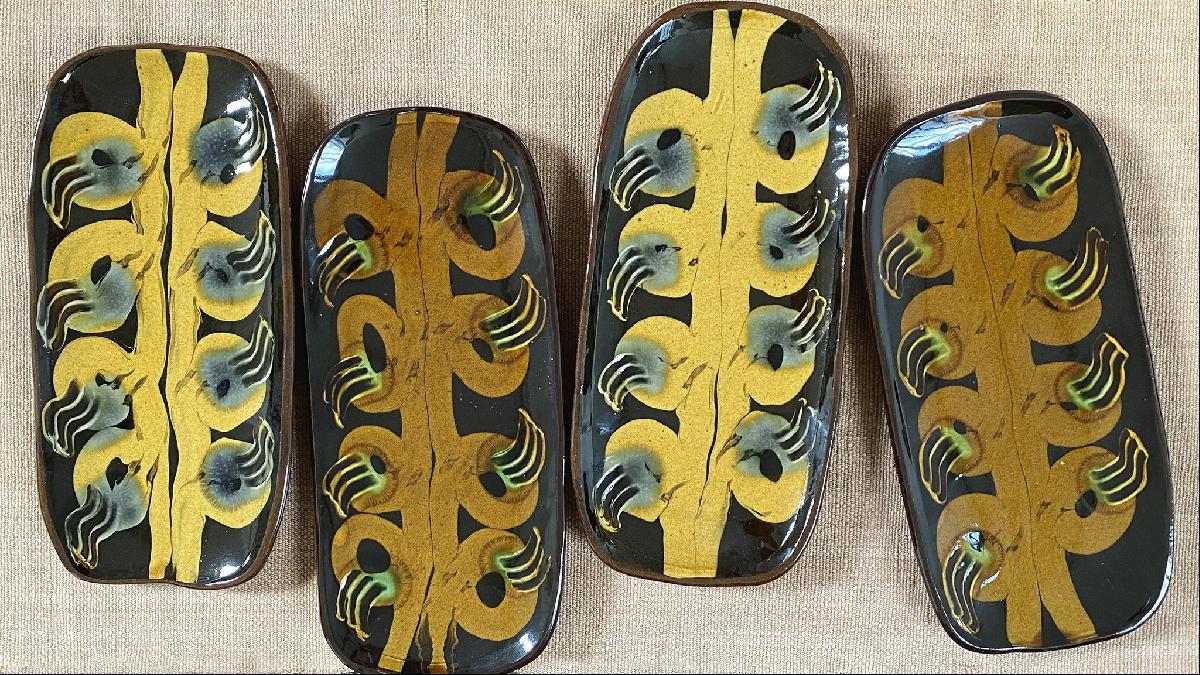
Photography: Lily Bertrand-Webb; Italy Sotheby’s International Realty; Eric Staudenmaier


